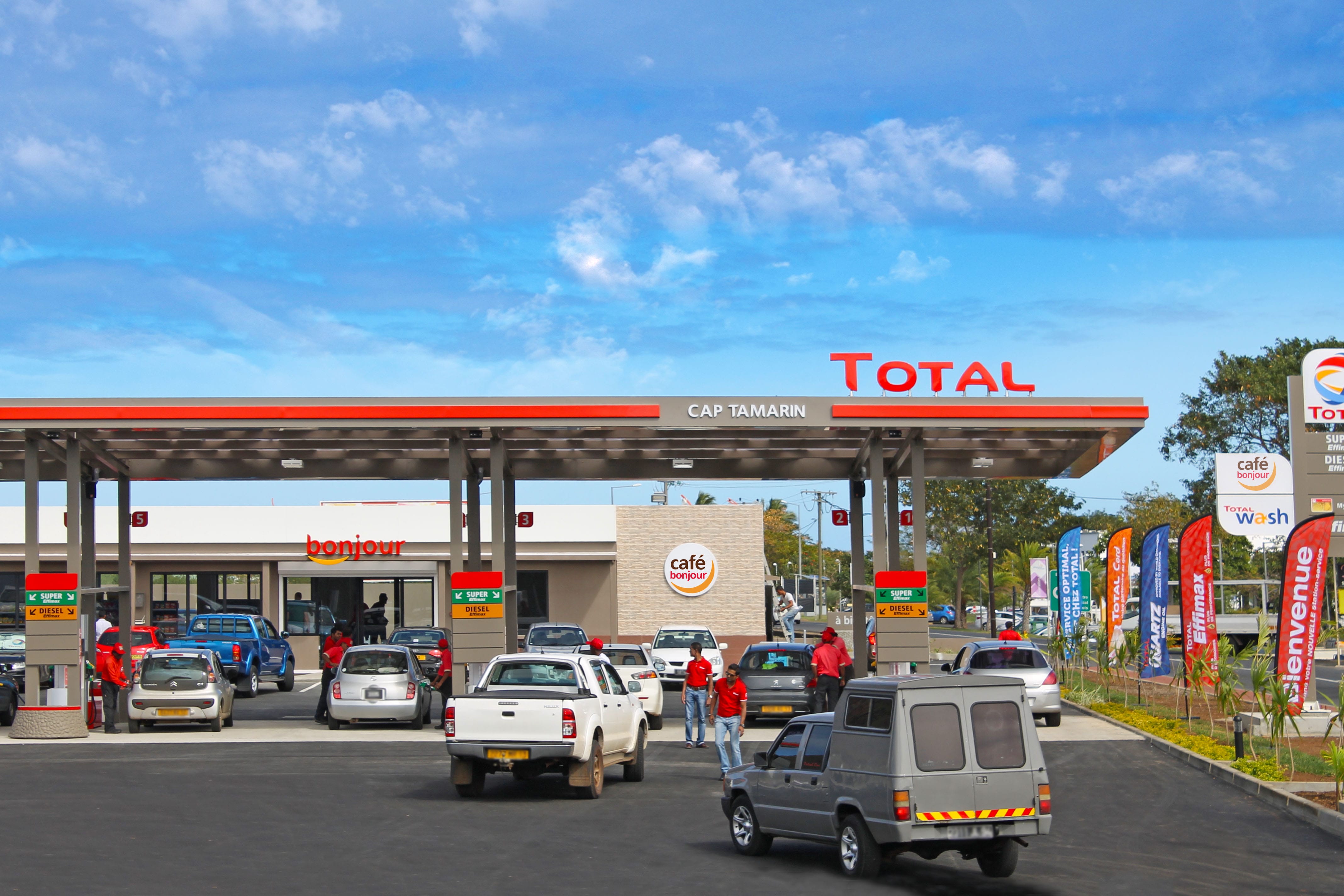DOWNLOAD
2 min read • Oil, Gas & Other Natural Resources, Digital Shift
Digitalization can make energy more affordable
How the fourth-largest international oil and gas major is approaching digital innovation

An interview with Patrick Pouyanné, Chairman and CEO, Total
Patrick Pouyanné has been chief executive officer of Total since 2014, after the death of his predecessor, Christophe de Margerie, in Moscow. A year after, he became chairman of the board of directors. During his career at Total, he has held several important executive positions in the Upstream segment, both in France and internationally; he also successfully managed the transformation of the Refining & Chemicals segment. In this interview with Arthur D. Little, Patrick Pouyanné examines the upheavals and challenges faced by energy companies, and how Total is embracing digital innovation as a way to drive sustainable and profitable growth.
“We will still be an oil and gas major in 35 years’ time.”
Many observers have been pointing out the key energy challenges of the coming decades, such as rising energy demand and efforts to limit climate change. How does Total see these challenges?
Total, and energy companies more broadly, are facing a dual challenge. First, the world population is growing. It is forecast to rise from 7 billion today to 9 billion over the next few decades. Today, 1.5 billion people still do not have access to energy. It is fair to say that we must do everything we can to ensure that all these people do have access to energy, a prerequisite for economic development, in 30 or 40 years’ time. And second, fighting climate change is a pressing issue. There is a broad consensus on the objective of limiting the global temperature rise to 2°C, and we fully endorse this aim in our business strategy. At first sight, these two challenges might seem impossible to reconcile. But, in fact, we aim to tackle them both, by being the responsible energy major and providing the world with affordable, reliable, clean energy.
How is Total planning to align with the 2°C roadmap?
The roadmap underpins our strategy and is based on several cornerstones. The first is giving priority to natural gas. We see it as the fossil fuel of the future.It is the fossil fuel that generates the lowest emissions, typically only half as much coal when used for power generation, for example. Our portfolio is gradually shifting from a 50/50 split between oil and gas to a 60/40 split in favor of gas. Gas is also flexible and an ideal partner for renewable energy, which is intermittent, and will remain so until the industry finds a workable solution to store the energy produced by renewables. Promoting gas is a must, which is why, for instance, Total advocates carbon pricing.
photo credits: Bhanjan Jayshree

2 min read • Oil, Gas & Other Natural Resources, Digital Shift
Digitalization can make energy more affordable
How the fourth-largest international oil and gas major is approaching digital innovation


An interview with Patrick Pouyanné, Chairman and CEO, Total
Patrick Pouyanné has been chief executive officer of Total since 2014, after the death of his predecessor, Christophe de Margerie, in Moscow. A year after, he became chairman of the board of directors. During his career at Total, he has held several important executive positions in the Upstream segment, both in France and internationally; he also successfully managed the transformation of the Refining & Chemicals segment. In this interview with Arthur D. Little, Patrick Pouyanné examines the upheavals and challenges faced by energy companies, and how Total is embracing digital innovation as a way to drive sustainable and profitable growth.
“We will still be an oil and gas major in 35 years’ time.”
Many observers have been pointing out the key energy challenges of the coming decades, such as rising energy demand and efforts to limit climate change. How does Total see these challenges?
Total, and energy companies more broadly, are facing a dual challenge. First, the world population is growing. It is forecast to rise from 7 billion today to 9 billion over the next few decades. Today, 1.5 billion people still do not have access to energy. It is fair to say that we must do everything we can to ensure that all these people do have access to energy, a prerequisite for economic development, in 30 or 40 years’ time. And second, fighting climate change is a pressing issue. There is a broad consensus on the objective of limiting the global temperature rise to 2°C, and we fully endorse this aim in our business strategy. At first sight, these two challenges might seem impossible to reconcile. But, in fact, we aim to tackle them both, by being the responsible energy major and providing the world with affordable, reliable, clean energy.
How is Total planning to align with the 2°C roadmap?
The roadmap underpins our strategy and is based on several cornerstones. The first is giving priority to natural gas. We see it as the fossil fuel of the future.It is the fossil fuel that generates the lowest emissions, typically only half as much coal when used for power generation, for example. Our portfolio is gradually shifting from a 50/50 split between oil and gas to a 60/40 split in favor of gas. Gas is also flexible and an ideal partner for renewable energy, which is intermittent, and will remain so until the industry finds a workable solution to store the energy produced by renewables. Promoting gas is a must, which is why, for instance, Total advocates carbon pricing.
photo credits: Bhanjan Jayshree
